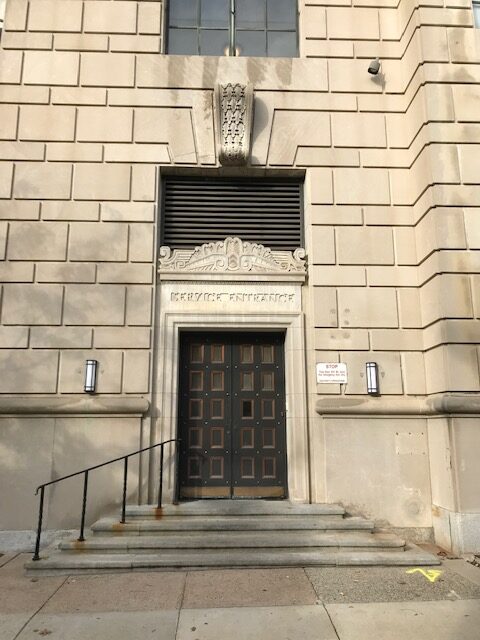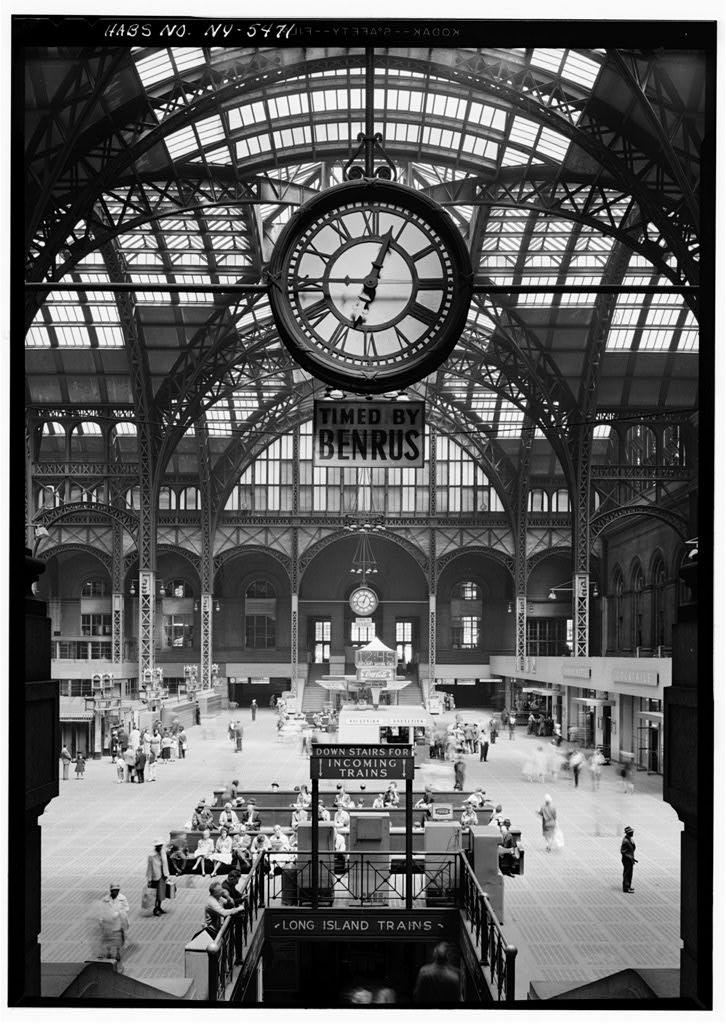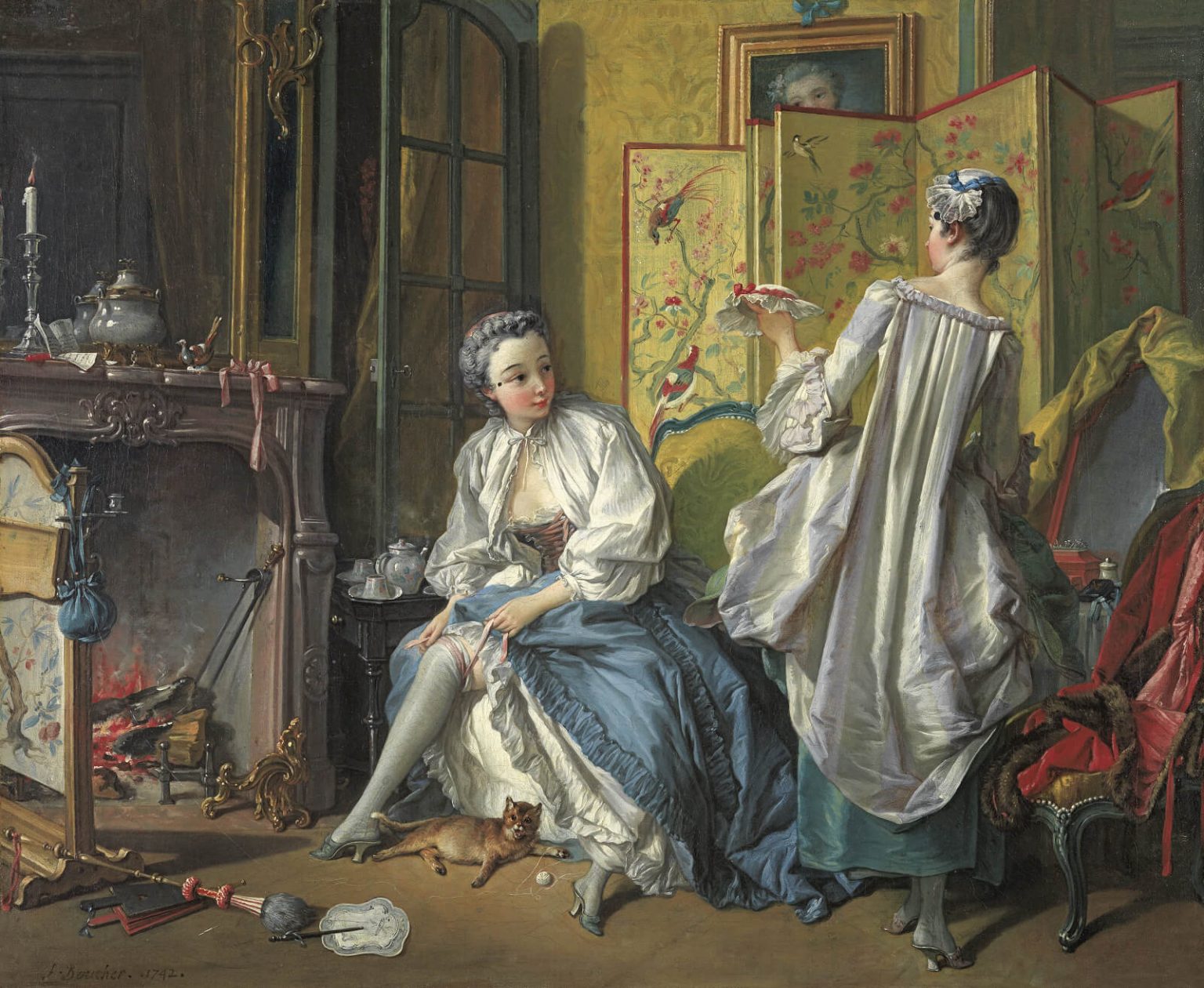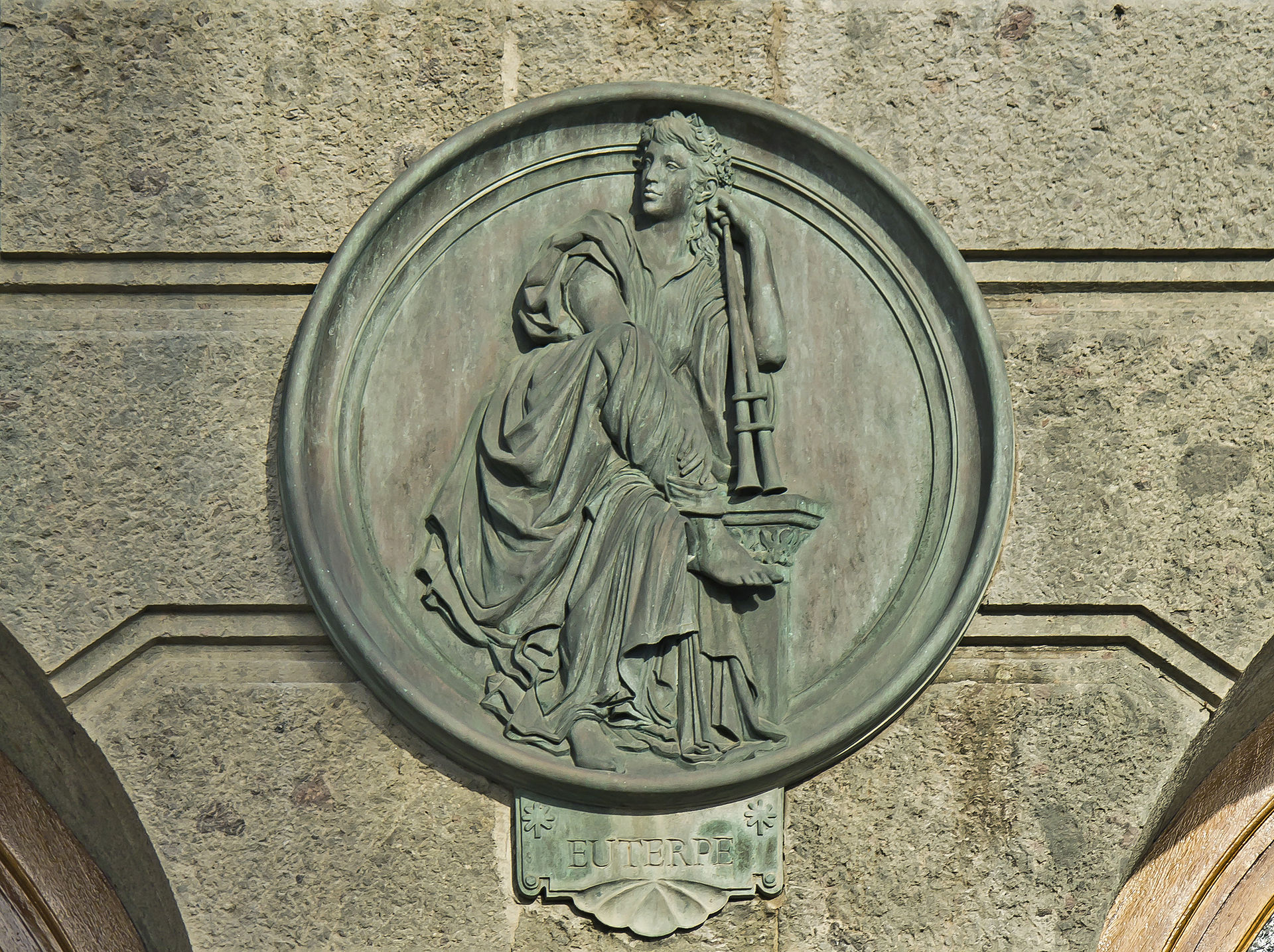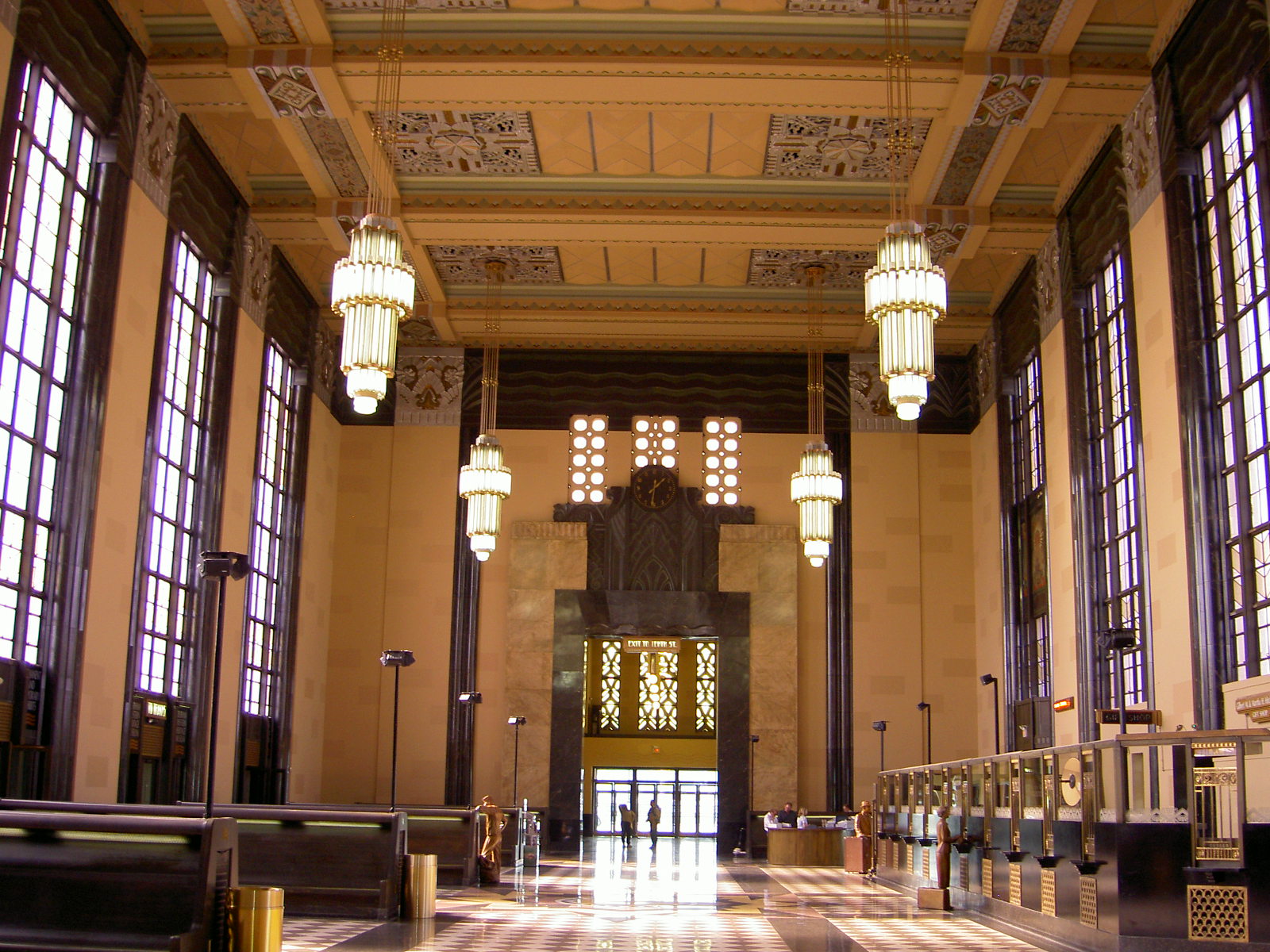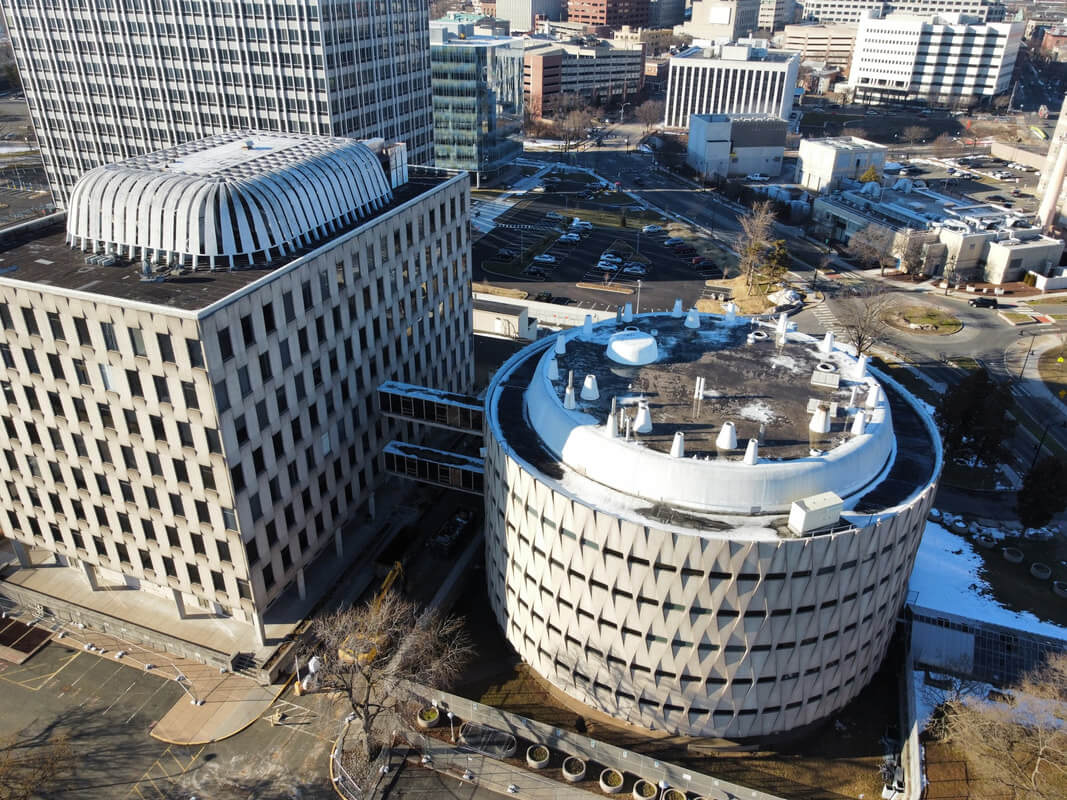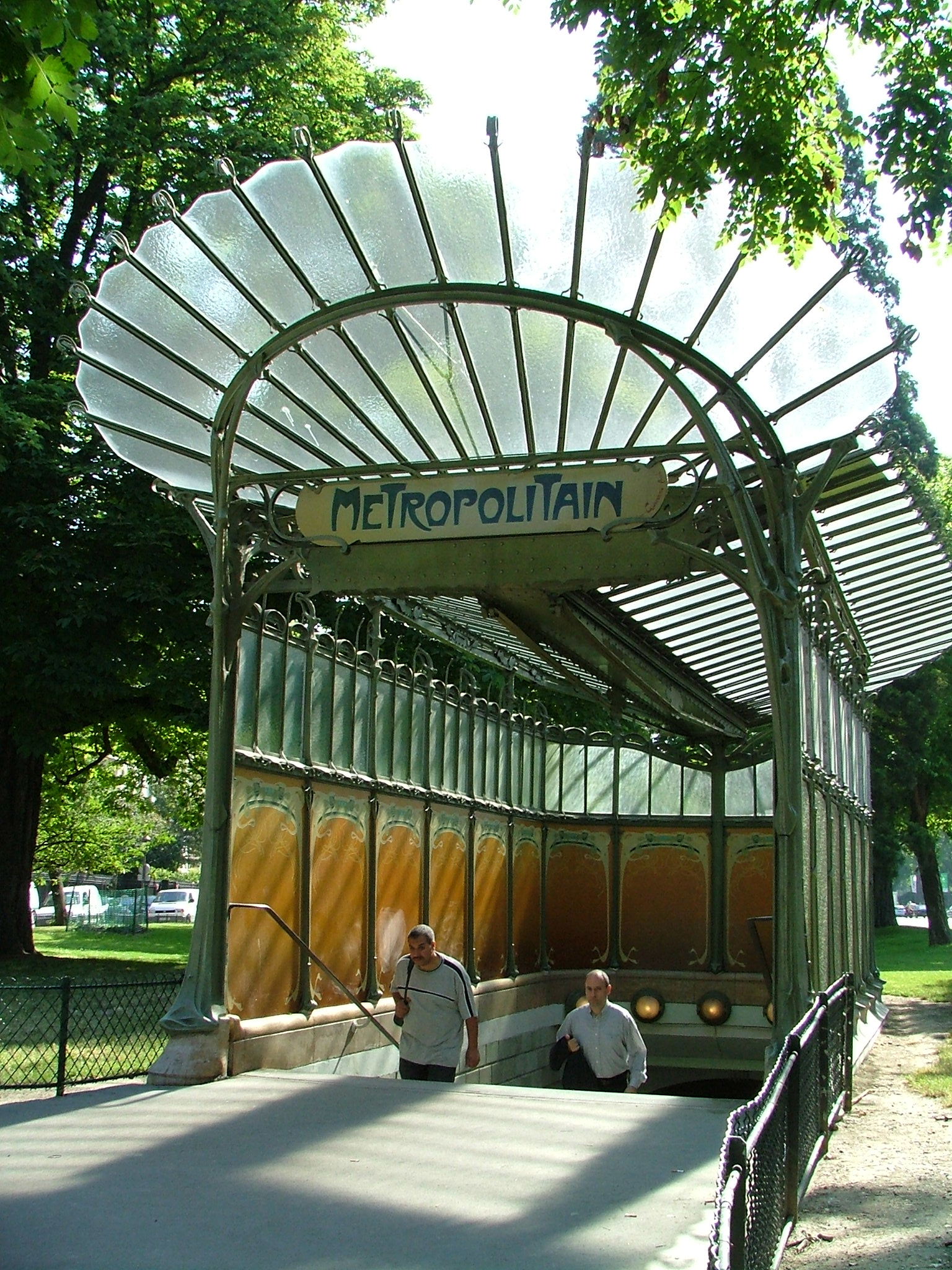JUST A SERVICE ENTRANCE
I think it was Christopher Alexander who I once heard observe that everything in our surroundings—everything—either raises our spirits or dampens them. It may only be a notch or two, but every thing we look at makes us feel either slightly better or slightly worse. My afternoon walk often takes me past the rear of the Board of Education Building in Philadelphia, and a detail in that building always gives me a lift. It’s the service entrance. I know that’s what it is because the name is elegantly carved into the stone door frame. The building was designed in 1930 in a style sometimes called Moderne,

